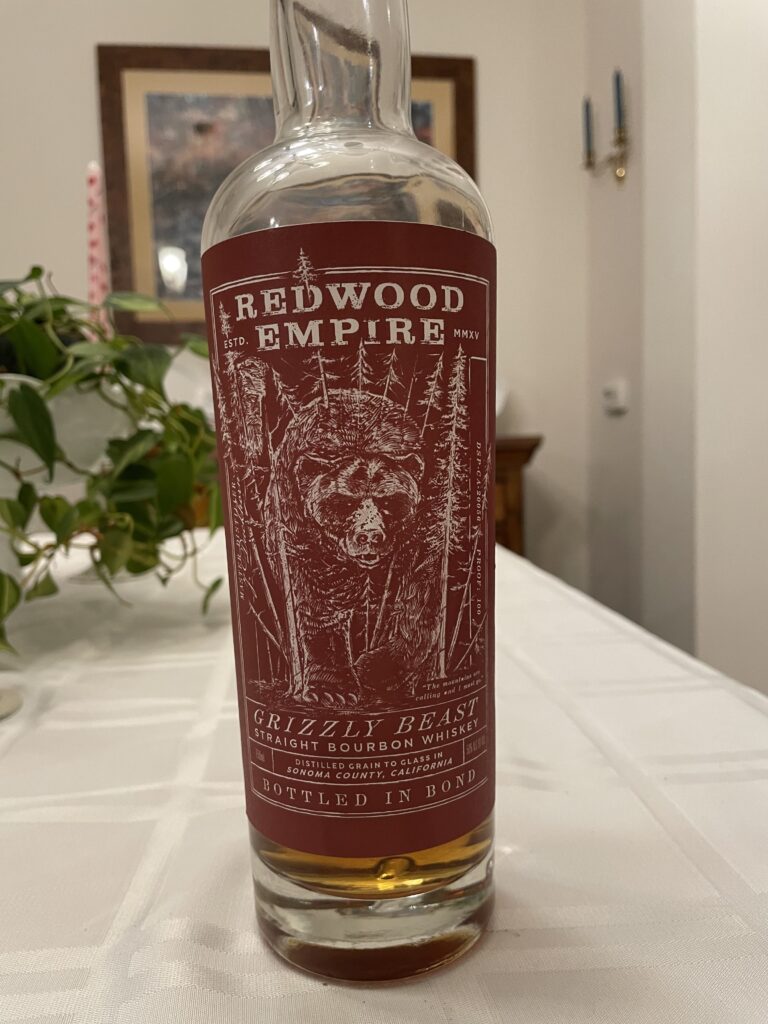-
SNL lonely Island medley
So many contributing to the Lonely Island medley for the SNL 50th anniversary concert. Spot them all! Gaga does Dick in a Box with Samberg. Chris Parnell, T-Pain, Bad Bunny. Eddie Vedder as a pirate.
-
Bitcoin fortune buried in a garbage dump
It sounds like a joke, but there’s (bitcoin) treasure to the amount of $775 million in a UK garbage dump. The guy who lost the bitcoin is now trying to buy the dump.
-
Smuggling arbitrary data through an emoji
Smuggling arbitrary data through an emoji – clever nerdery here. I’d imagine this gets fixed in places that would be susceptible to malicious code.
-
Redwood Empire Grizzly Beast Bourbon

Grizzly Bear is a bottled in bond straight bourbon whiskey from California. At 90 proof it’s full bodied, leans on the sweeter side of bourbon with cherry, maple, and brown sugar, with a long finish.
This is my second bottle, and definitely one of my go tos for a drink. I still need to try Redwood Empire’s other offerings, which include high rye and other blends.
-
Michael Shannon and REM
Actor Michael Shannon will tour again, performing REM songs.
On February 14, Shannon will begin his second tour inside of a year devoted to R.E.M. It will take him to more than a dozen cities in the US. Interest in the shows has been so high, with some tickets for a stop in Athens, Georgia, on the secondary market going for north of $600, that dates have been added in England as well.
And most of the songs they are performing come from the early years of REM’s catalog.
-
Swallowed by a whale
Off the coast of Chile, a kayaker was swallowed (briefly) by a whale,
“My guess is that the whale was just as surprised as the kayaker,” Dr. Jooke Robbins, director of the Humpback Whale Studies Program at the Center for Coastal Studies in Massachusetts, wrote in an email.
Humpback whales feed by quickly lunging through a school of fish with their mouths wide open, then straining the water out through their baleen, the fringed plates they have inside their mouths instead of teeth.
-
How Kendrick Lamar’s halftime show came together
How Kendrick Lamar’s halftime show came together.
For Lamar’s video game-themed show that meant more than 50 carts of staging and equipment—each weighing between 1,500 and 3,500 pounds—to be rolled out in the center of the stadium. To protect the field, the carts rode on specially designed wheels (“turf tires” is their nontechnical name), so the playing surface remains ready for the game’s second half.
-
WikiTok to infinitely scroll Wikipedia
WikiTok infinitely scrolls Wikipedia, randomly loading articles.
From the developer, Isaac Gemel, Ars Technia describes WikiTok as
… a neat way to stumble upon interesting information randomly, learn new things, and spend spare moments of boredom without reaching for an algorithmically addictive social media app. Although to be fair, WikiTok is addictive in its own way, but without an invasive algorithm tracking you and pushing you toward the lowest-common-denominator content. It’s also thrilling because you never know what’s going to pop up next.
A fun bookmark to avoid doomscrolling.
-
Project 2025 Tracker

Two Redditors collaborated and put together a Project 2025 Tracker dashboard. Objectives are link to sources, marked for status, subject, and affected agency. As of 2/12/2025, fascism in America is over a quarter of the way done.

